How America avoided an economic bust for a record-setting 121 months
Let's take a minute to praise the policymakers
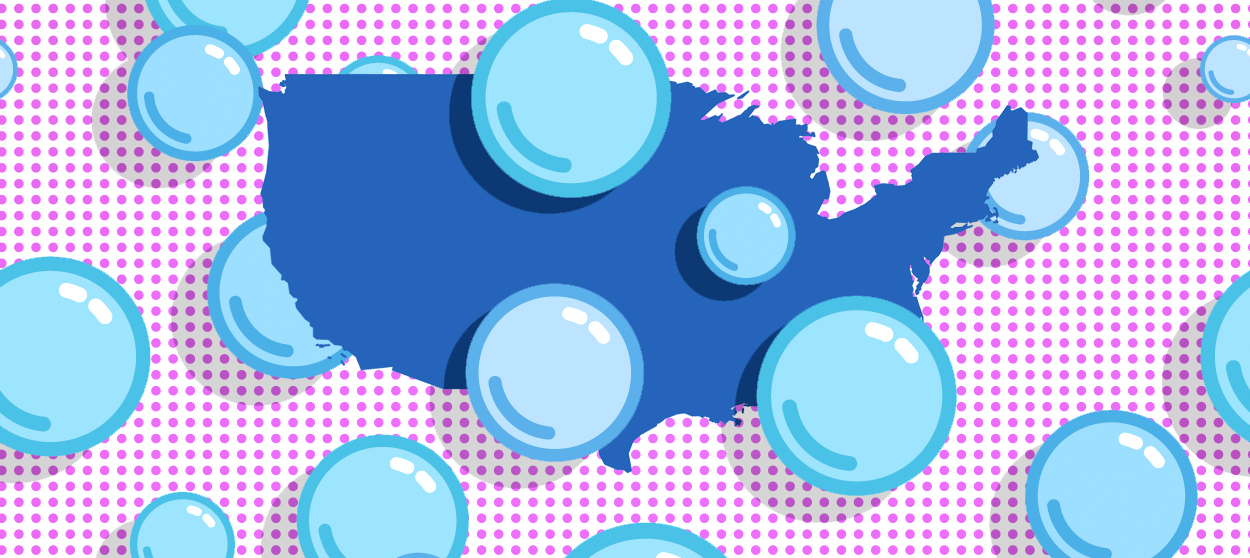

America's uninterrupted run of growth since the Great Recession just hit a record-setting 121 months. There was a time when economic expansions were usually ended by the Federal Reserve, when it tightened monetary too much in a quest to subdue inflation. But in the last few decades, things shifted, and bursting asset bubbles became the main killers of expansions. Yet here we are, an unprecedented 10 years into the latest round of economic growth, with nary a bubble in sight.
How did we do it?
Frankly, blind luck probably played a big role. More perversely, the sheer depth and scale of the damage from the 2008 crisis probably did a lot too.
The Week
Escape your echo chamber. Get the facts behind the news, plus analysis from multiple perspectives.

Sign up for The Week's Free Newsletters
From our morning news briefing to a weekly Good News Newsletter, get the best of The Week delivered directly to your inbox.
From our morning news briefing to a weekly Good News Newsletter, get the best of The Week delivered directly to your inbox.
Bubbles require a certain amount of economic ferment to get going: Bad investment vehicles and shoddy loan products need people with money to burn to inflate them into bubbles. As dramatic as the bursting of the tech bubble was in 2001, unemployment peaked at just over 6 percent. The economy was able to get back to bubbles-as-usual within a few years. But after the 2008 financial crisis, unemployment reached 10 percent. The portion of prime working-age adults with a job only just recently began to nudge up against its peak level in 2007. Wage growth in the current expansion remains depressed compared to the tops of the last two post-recession cycles. Up until recently, Americans arguably just didn't have the money to burn to power a bubble. Many still don't.
But there are a few things American policymakers actually did right.
Fed officials seem to have finally lost their faith in monetary hawkery. The Fed's unprecedented decisions to drive interest rates to zero for roughly eight years while deploying a massive amount of quantitative easing were met with howls of protest from politicians and economists. But the central bank was vindicated by slow and steady economic growth and low and stable inflation. If anything, the Fed remains too hawkish still, but compared to the institutional culture before 2008 it has definitely lightened up. And the Fed appears poised to rollback at least some of its recent interest rate hikes.
Wall Street scolds typically insist that low interest rates invite speculation, and tighter monetary policy is needed to prevent bubbles. But interest rates are a blunt and ineffective tool for popping bubbles. Regulations, which can be nuanced and specified to a variety of circumstances, are much better suited to the task. In this regard, the current situation is also an improvement over the decadence that characterized the 1990s and 2000s.
A free daily email with the biggest news stories of the day – and the best features from TheWeek.com
The Dodd-Frank Act of 2010 brought a large number of small but beneficial tweaks to regulations across the U.S. financial system. Stronger requirements for capital buffers mean banks are now more likely to survive the next downturn; there are myriad new restrictions on bank lending, and new rules to encourage better risk management practices; and there's more coordination across all the agencies tasked to keep an eye on Wall Street. The regulatory punishments for lending errors and screw-ups are more severe now. Thanks to new clearing houses and oversight, the free-wheeling derivatives market of the 2000s is now more disciplined, and portions of the "shadow" banking sector have been brought into the light. The Consumer Financial Protection Bureau, created as part of Dodd-Frank, has also slapped limits and guardrails on things like adjustable rate mortgages and forced more transparency throughout the system so that ordinary borrowers can better understand the loans they’re taking out.
Officials at the Fed have also changed their approach in less formal ways. Before the Great Recession, the Fed generally took a hands-off approach to advising or warning actors in the private sector: If officials thought banks and other firms were getting into more dangerous positions and markets, but not technically violating any rules, they'd keep it to themselves. Post-2008, Fed officials are more willing to use "macroprudential" guidance — to warn private actors about some of their practices and nudge them towards different analyses and information.
Finally, the trauma of the housing collapse left a lasting impression on the institutional culture of the banks and the financial industry itself. Many of the fancier and more elaborate home loan products that ran rampant before the crash are gone now. Down payments and extensive documentation are once again required, after loans with little-to-no documentation became a third of all mortgages in 2006. Standards for lending to people with lower credit scores are far more strict. (Though while that development improves the stability of the system, it comes with other much less benign effects for Americans of lesser means.)
Of course, traumas inevitably fade. The desire for stronger economic growth is understandable. But there is an ideological refusal to recognize that federal borrowing to finance greater fiscal stimulus and public investment is far, far less risky than lending by the private financial sector.
A decade on from the crisis, the financial industry's hunger for more profits, and thus more risk, is growing. Candidates for the next bubble have appeared on the horizon, most notably in the realm of risky corporate debt. And thanks to lobbying, policymakers are also hungrier to allow Wall Street to take on more risk by lending more widely. In 2018, Democrats and Republicans in the Senate came together to pass a partial rollback of Dodd-Frank's regulations. The Trump administration has made no secret of its desire for greater and riskier lending by private banks. And the White House's appointees to the Fed are beginning to dilute some of the central bank's oversight of Wall Street.
Vigilance, and smarter policy, is what we'll need to keep this bubble-less run of economic growth going.
Jeff Spross was the economics and business correspondent at TheWeek.com. He was previously a reporter at ThinkProgress.
-
 The pros and cons of noncompete agreements
The pros and cons of noncompete agreementsThe Explainer The FTC wants to ban companies from binding their employees with noncompete agreements. Who would this benefit, and who would it hurt?
-
 What experts are saying about the economy's surprise contraction
What experts are saying about the economy's surprise contractionThe Explainer The sharpest opinions on the debate from around the web
-
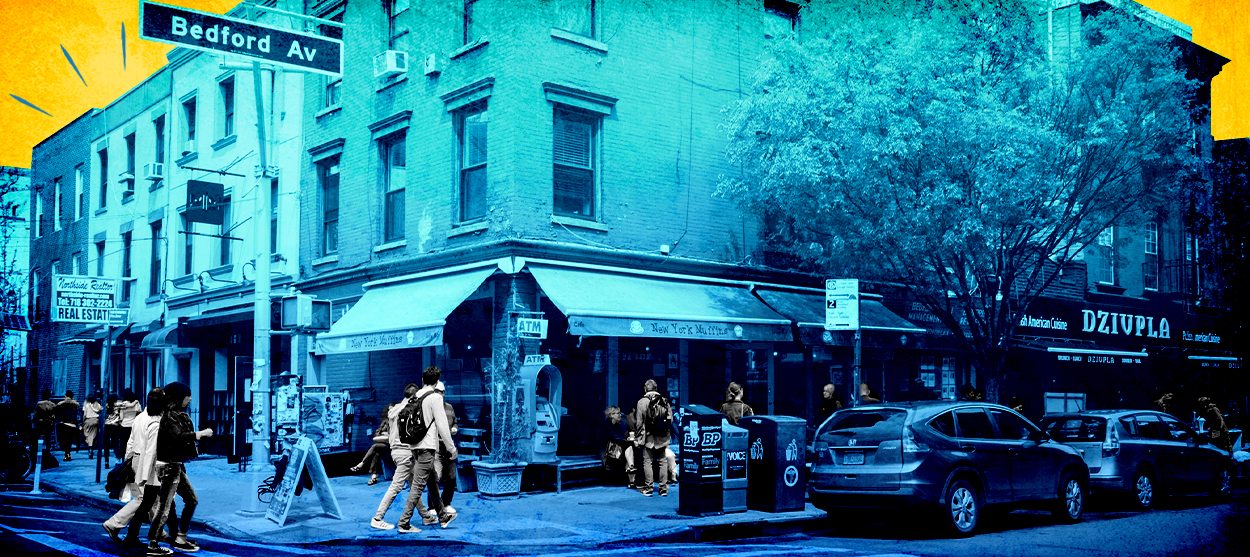 The death of cities was greatly exaggerated
The death of cities was greatly exaggeratedThe Explainer Why the pandemic predictions about urban flight were wrong
-
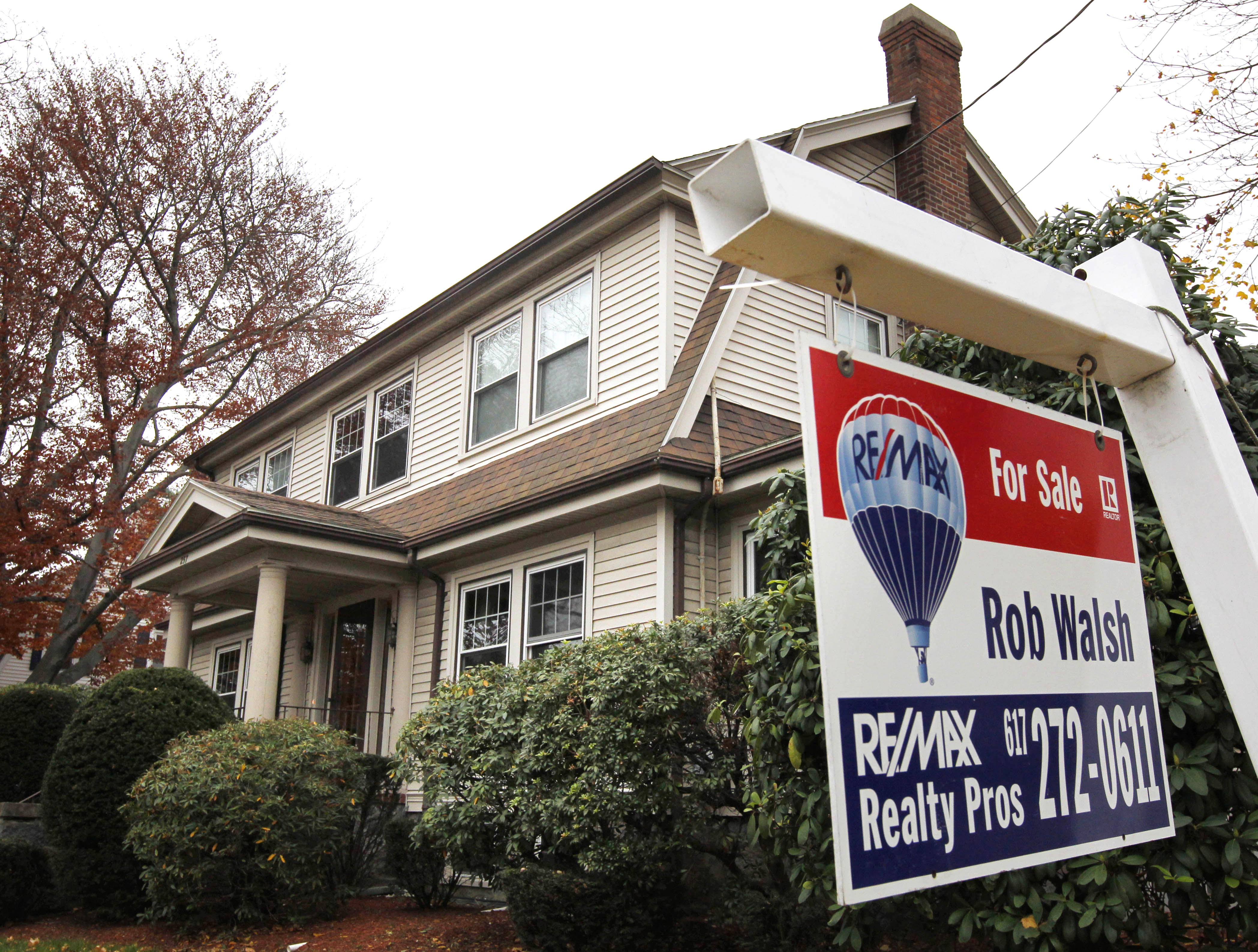 The housing crisis is here
The housing crisis is hereThe Explainer As the pandemic takes its toll, renters face eviction even as buyers are bidding higher
-
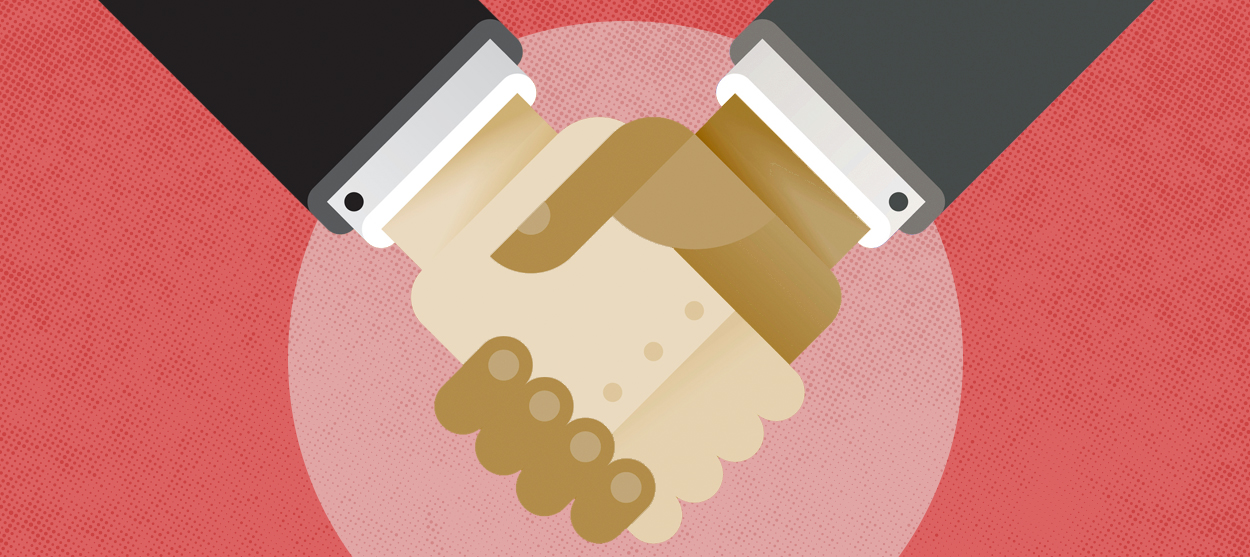 How to be an ally to marginalized coworkers
How to be an ally to marginalized coworkersThe Explainer Show up for your colleagues by showing that you see them and their struggles
-
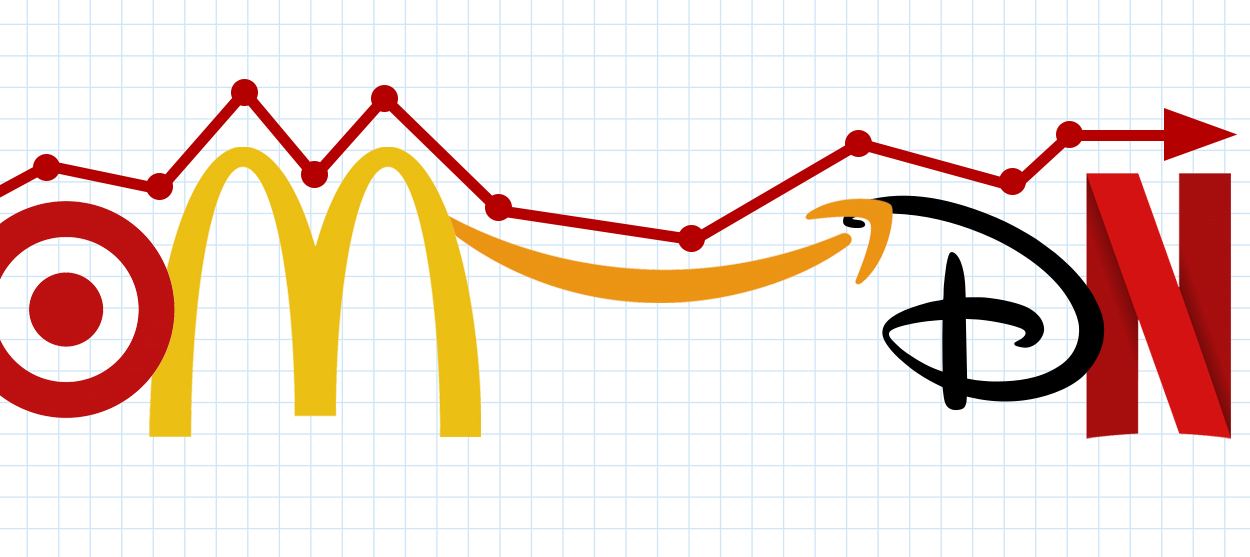 What the stock market knows
What the stock market knowsThe Explainer Publicly traded companies are going to wallop small businesses
-
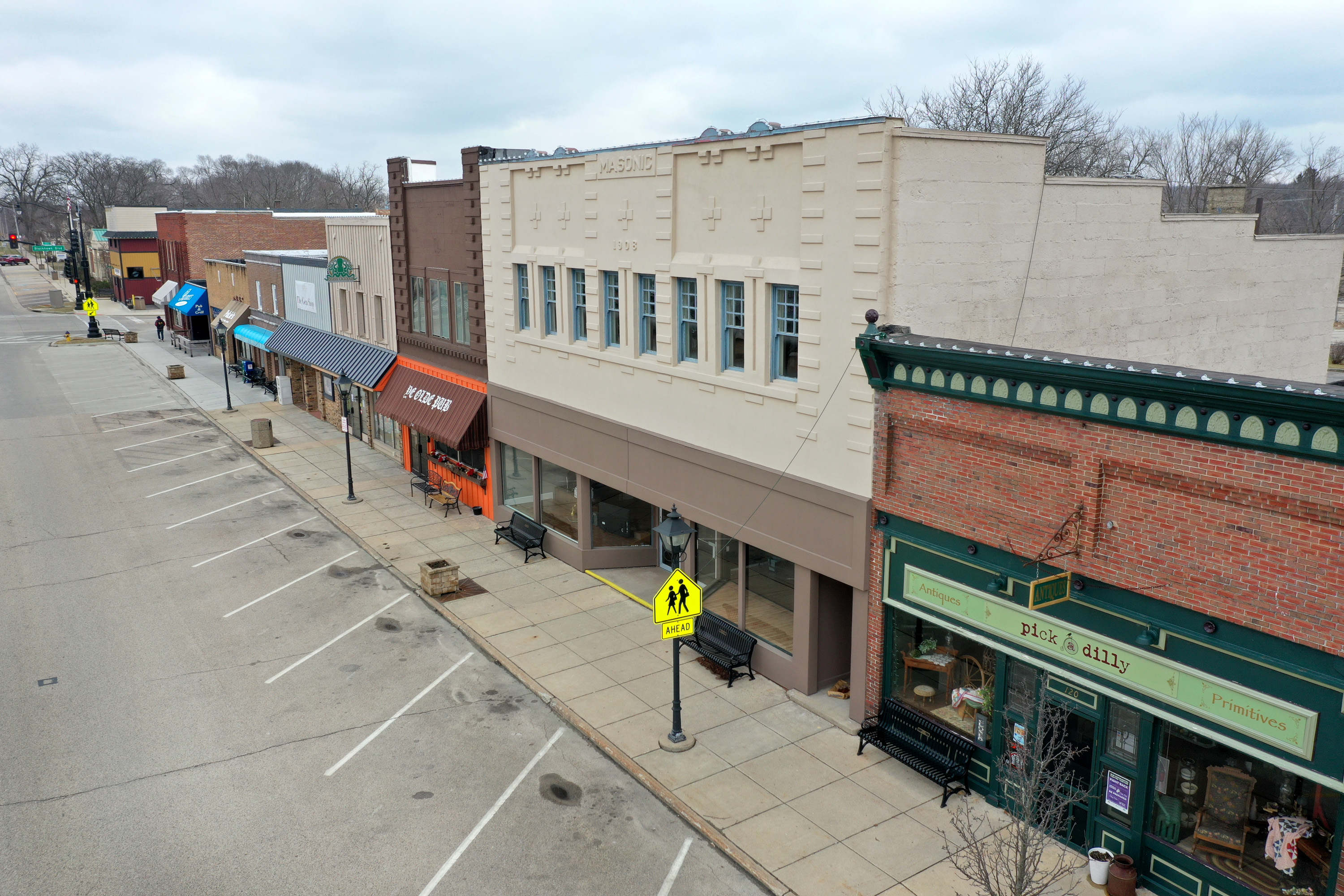 Can the government save small businesses?
Can the government save small businesses?The Explainer Many are fighting for a fair share of the coronavirus rescue package
-
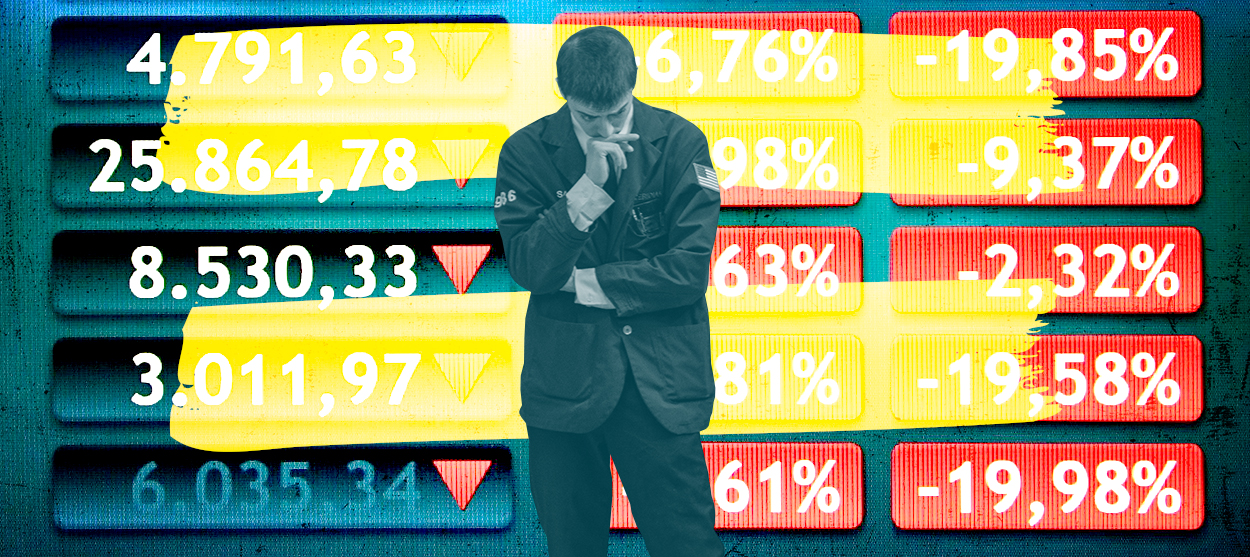 How the oil crash could turn into a much bigger economic shock
How the oil crash could turn into a much bigger economic shockThe Explainer This could be a huge problem for the entire economy



